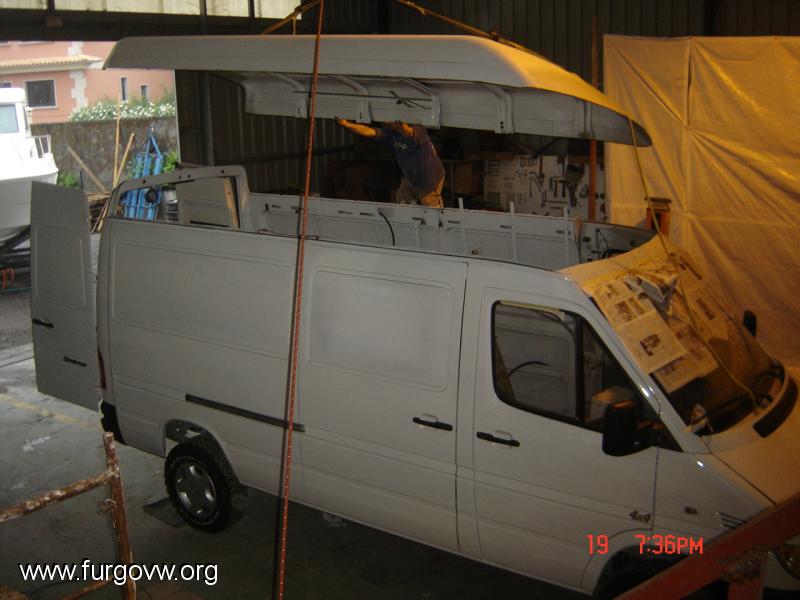I'm almost finished the tear out and back to neutral where/when I can start building back up the many components whose details currently prevent me from going back to sleep in the too early morning.
Yesterday I worked on tearing out the rest of the Westfalia specific wiring harness. I had to remove the headliner, drivers side B pillar and foot well to pull out the main electrical loom that contained the cable that charged the house batteries and numerous branch conductors that connected to the central computer mounted in the headliner.
Any house, whether stationary or on wheels, is only as good as it's foundation. There are a few big tasks outside of my current skill set that need attending to on my foundation - 15 year coolant system service and brake job are a couple of examples.
I'm confident in my woodworking skills, and increasingly my fiberglassing skills, but as a mechanic - I am just a monkey. Give me good directions, preferably with lots of pictures, and I can probably get the job done. Diagnosing the problem and trouble shooting during the wrenching aren't fully in my wheelhouse.
Like a lot of carpenters, I eventually transitioned to woodworking. I had my own one off solo shop for seven years. That was before digital photography, so unfortunately I have very few pictures of my work, but here's one of my design/builds. A 3'x3' cherry table, and chair with ebony structural accents. The table top spins and flips open to become a 3'x6' table. I liked the design so much, that I didn't sell them, which is how I can have a picture of them both. My ass is comfortably sitting in that chair, almost 30 years old now, (the chair not my ass) as I type this with my computer on that table.
... back to my current "foundation". Here's a pic from five years ago, somewhere in Idaho. I flew from Virginia to Oregon, made the purchase, and drove back home.
Among the occasional bouts of doubt, that in my mechanical ignorance there is the possibility that I may have started a fine woodworking project on top/inside of a lemon, there is a mechanical concept that this monkey can comprehend. Rust. I've seen too many threads/horror stories whose main character is a rusted out Sprinter. Every time I head into the
T1N Talk Forum, I do so fearing that I am going to click open a thread that exposes yet another potential mechanical issue that I had just moments before been blissfully ignorant of.
Fortunately, my Sprinter doesn't appear to be that type of rusted out character. I've crawled all under mine, exposed the entire floor and uncovered three of the four door wells and found nothing but the most minimal of rust...knock on wood.
The drivers side foot well, while dirty with a clogged drain scupper, once 15 years of road debris was removed, had only surface rust. For now, I will treat this with some Right Stuff rust neutralizer and move on with the many bigger tasks that are in my wheelhouse.
Ideally, I would like to deliver my rolling foundation to a trustworthy Sprinter mechanical guru and have them go over it from stem to stern to do all the proactive maintenance necessary for the next 15 years. If anybody is interested in talking about perspective applicants and/or their experiences with this type of service, I am all ears.










 after the 4x4 drivetrain.
after the 4x4 drivetrain.





